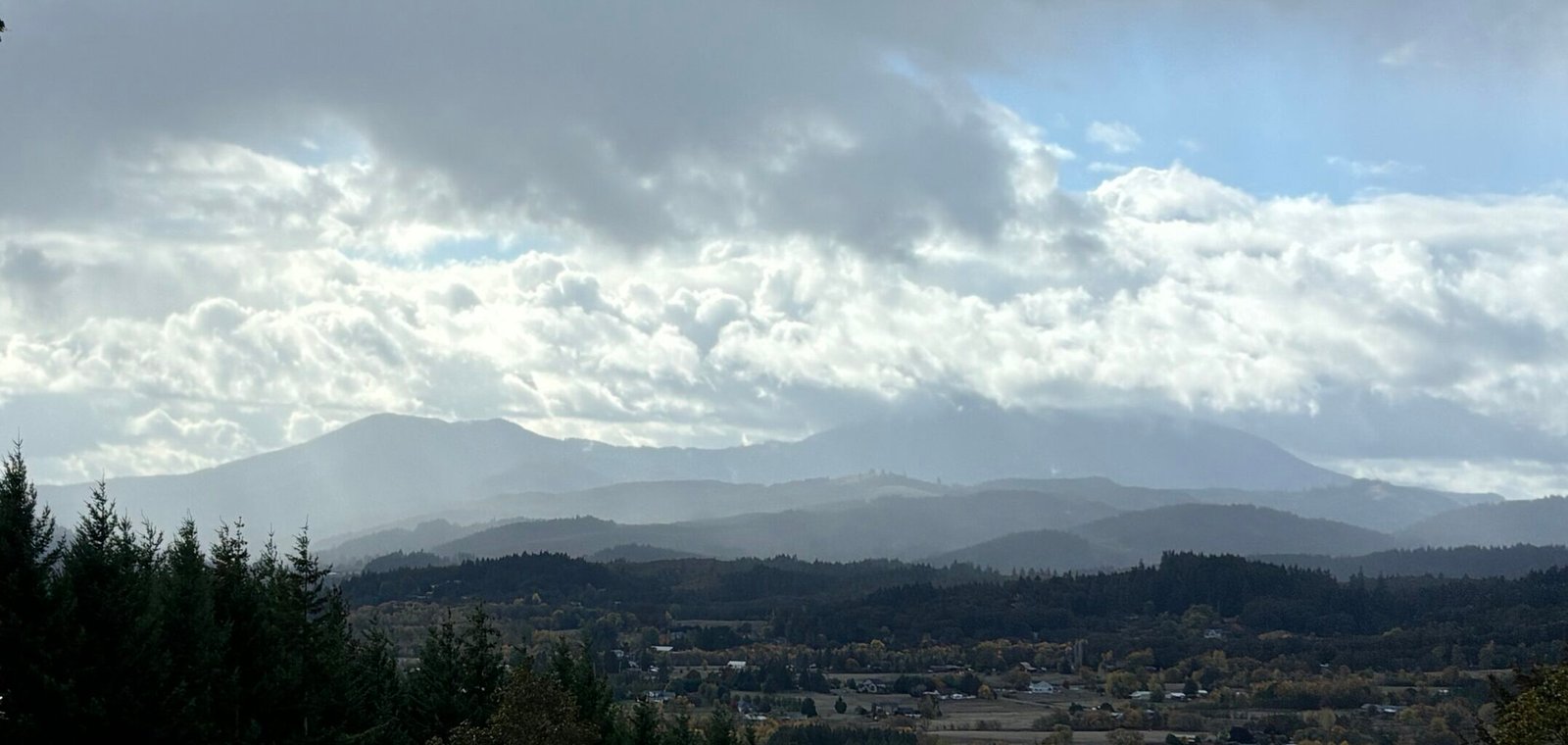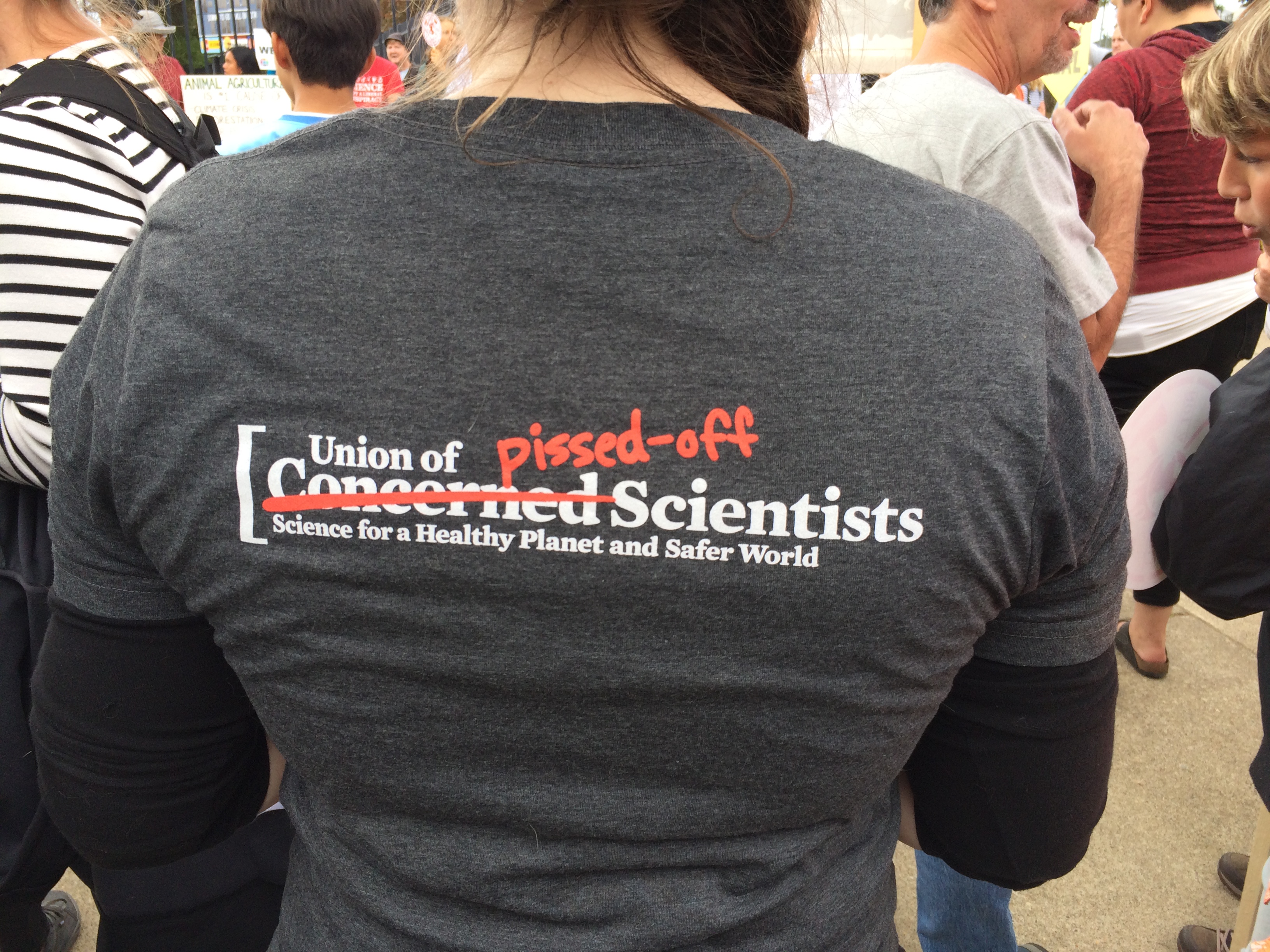
What the coming together of the left on climate looks like
In just six weeks, we’ve seen three major climate proposals indicating that the factions of the Democratic Party are aligning on climate policy after a decade of disarray and disagreement. This policy platform on climate shows how much interest groups and politicians agree on and lays critical groundwork for enacting a transformative green recovery and a just transition to a clean energy future. It illuminates a path to finally passing big, bold climate policy solutions at the national level.
If you aren’t someone who spends time in the weeds of climate change news, you may have no idea what I’m talking about. With the pandemic raging, the economy destabilizing, and a rational racial justice/policing crisis, unification of the left on climate policy hardly made headlines. Yet if you are hoping that after the next election we will enact a green recovery and a just transition to a clean energy future, take a moment to celebrate, because such action just got a lot more likely.
Here’s a quick summary: On June 30th, the House Select Committee on the Climate Crisis issued its report . This included a detailed Climate Crisis Action Plan put together by House Democrats. On July 8, the Biden-Sanders unity task force on climate (chaired by John Kerry and Alexandria Ocasio-Cortez) issued its policy recommendations. Finally, on July 14, Joe Biden released his Build Back Better proposal on climate, a $2 trillion proposal for clean energy investments, economic stimulus, and a transition to net-zero emissions by 2050.
Here’s how journalist David Roberts summarized this in Vox: “For the first time in memory, there’s a broad alignment forming around a climate policy platform that is both ambitious enough to address the problem and politically potent enough to unite all the left’s various interest groups.”
These plans have a lot in common: they all set standards for net-zero emissions by 2050 (or sooner), they all focus on climate justice, and they all include large-scale public investment.
- Setting standards: Two-thirds of US emissions come from sectors where clean alternatives are already available–cars, electricity, and buildings. Details vary, but the plans agree on a common core of strong performance standards and incentives for these big three emitters to make rapid progress on emissions in the next ten years. Doing so can get us a long way toward meeting the 2030 emissions reduction goals the IPCC says are critical to prevent the worst, most catastrophic climate change impacts.
- Climate justice: Unions, fossil fuel workers, and frontline communities helped develop these plans. They include polices such as coal worker transition programs, equity mapping to identify vulnerable communities and send public investment there first, and incentives that favor union workers for clean energy jobs.
- Large public investment: Support for green industries, manufacturing, research, and job creation is in these proposals, as are a number of ideas for combining recovery from the COVID-10 economic crisis with transformative climate solutions.
Pre-pandemic, when I used to give in-person talks about climate solutions, I sometimes ended with this quote attributed to Nelson Mandela: “It always seems impossible until it is done.” This summer, the left’s new unity on climate policy makes transformative climate progress seep a little less impossible.
If you are interested in more details about these plans, see links below.
Carlie Clarcq, “Biden’s clean energy plan proposes economic recovery through green investments,” Climate Change, July 23, 2020.
David Roberts, “At last, a climate policy platform that can unite the left,” Vox, July 9, 2020.



